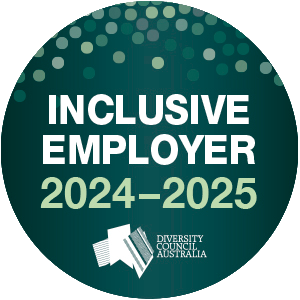Different forms of violence and control
Family violence can be made up of many different behaviours.
Violent and controlling behaviour can fall into more than one category, or may not fit into any of the categories listed below. There is a range of ways people use violence and control, both common and uncommon. While only some aspects of family violence are criminal offences, any behaviour that causes someone to be controlled or feel afraid is unacceptable – regardless of whether or not it was intended to make them feel that way.
Physical
Physical violence can include, but is not limited to, slapping, shoving, hitting, punching, pushing, kicking, twisting arms, burning, choking, driving dangerously, or using a weapon.
“Once when we were arguing I grabbed her and held her down. I thought it was the only way I could make her listen to me, I didn’t realise I was using physical violence to control the argument; to control my partner.”
Alex
Psychological or emotional
Psychological or emotional violence can include verbal abuse, name calling, criticising, undermining someone’s parenting, throwing or smashing things, insulting and putting down, harming a pet, or threatening any other kind of violence.
“I’d get pretty worked up sometimes, but I never thought it was a problem because I never took it out on her. I’d punch the wall, throw things around, sure, but I didn’t hit her.”
David
Sexual
Sexual violence can includes forcing someone to watch porn, sharing photos or videos without permission, or any kind of sexual activity that the other person does not want to participate in – even within a marriage or intimate relationship – regardless of whether they have consensually participated in sexual activity before.
“After police got involved I spoke to a counsellor who asked me about consent. He asked me how I knew she was agreeing to everything we were doing and I couldn’t answer that. I didn’t know, I had just assumed.”
Jason
Social
Social control can include monitoring phone calls or social media, humiliation in front of others, preventing someone from leaving the house, restricting contact with friends or family, or not allowing someone to participate in work or classes.
“I never liked her going out with her friends anyway, but after we had our son I made sure she knew it was her job to stay home and take care of him. I take her to visit her parents on the weekend but she doesn’t drive so I know she’s still at home while I’m working.”
Aamir
Spiritual, cultural or religious abuse
Spiritual, cultural or religious abuse is when someone uses these to abuse or control you.
It can include:
- Making you feel bad about your beliefs and traditions
- Stopping you from taking part or refusing to help you attend religious activities or cultural ceremonies and traditions (like Sorry Business in Aboriginal and Torres Strait lslander communities)
- Stopping you from wearing traditional clothing (e.g. a hijab) or following dietary practices (like eating kosher or halal food)
- Using religious texts or beliefs to say their behaviour is okay or to stop you from leaving them or ending the relationship
- Forcing you to follow their religious or cultural practices when you don’t want to
Economic or financial
Economic control can include controlling household income and expenses, restricting access to money and closely monitoring spending. It also includes coercing someone to sign documents, take out loans or make false declarations.
“I work hard to provide for my family. Money is tight, between the kids and the ongoing payments, there isn’t a lot spare. I’d give her enough to buy the food we needed but I had to know about any other expenses.”
Hien
Harassment and stalking (including technology)
Harassment is continued and unwanted actions against another person (which can include threats, demands, constant inappropriate online communication, or spreading lies or information about a person).
Stalking is when someone follows someone against their will or without their knowledge, whether in person or online.
Animal abuse
Animal abuse is when someone threatens or intentionally harms an animal someone has a connection with as a way of emotionally hurting someone or controlling them.
Identity-based abuse
Identity-based abuse is when someone uses aspects of who you are and how you identify to threaten or hurt you. This can include your race, culture, disability, gender or sexuality.
Some examples are:
- Using negative feelings about your identity as an excuse for violence or abuse
- Using your identity to make you feel confused, ashamed or guilty
- Demanding that you hide parts of your identity or choose which part of your identity is most important to you
- Threatening to tell or telling people about your sexual orientation, gender identity, disability, HIV or other health status to others without your consent








